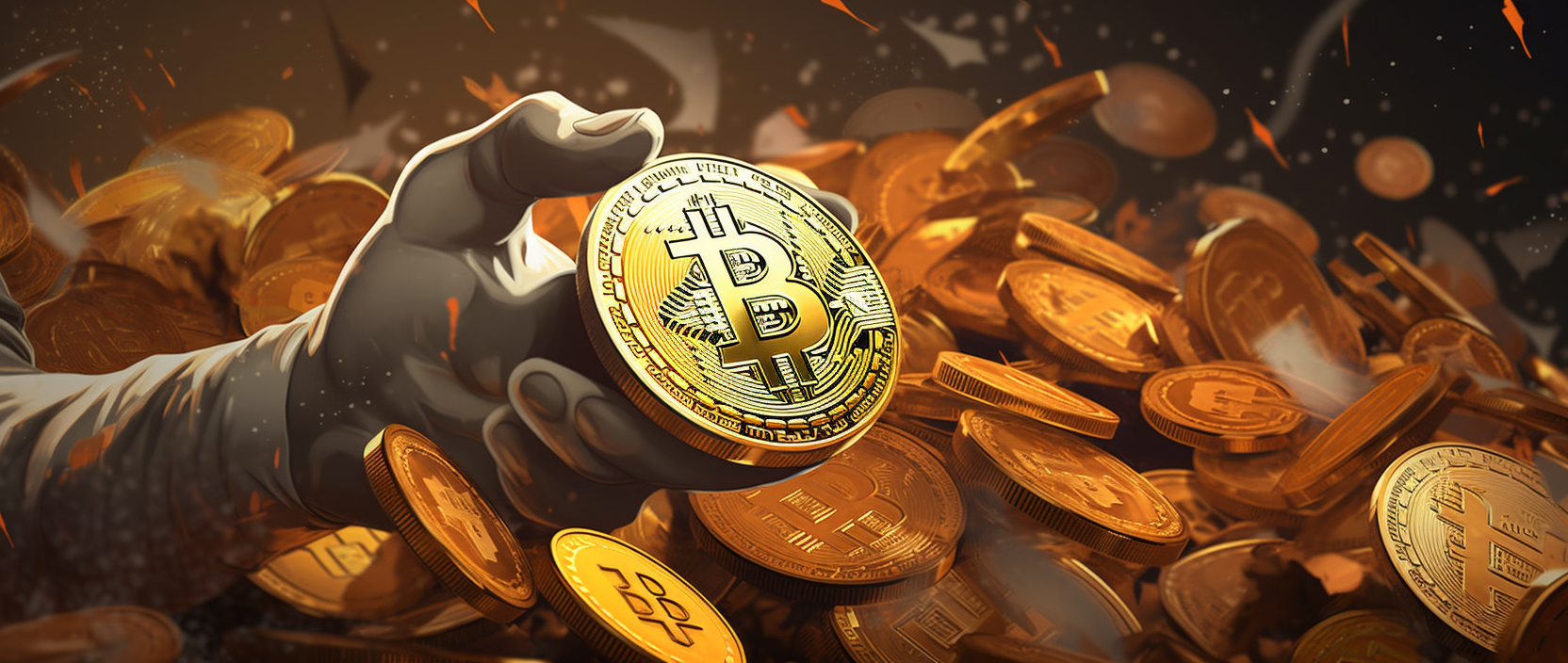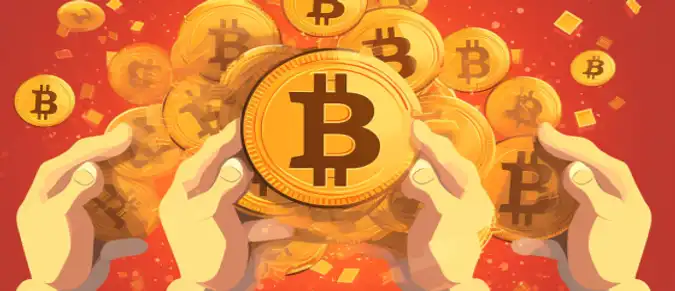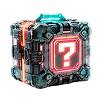Non-fungible tokens (NFTs) on the bitcoin blockchain have quickly caught the attention of the crypto community, opening up new possibilities for the oldest blockchain network and digital art enthusiasts. Since their explosive growth in 2020, NFTs have typically been created and traded on platforms built on Ethereum, as well as on other blockchains such as Cardano and Solana. However, in January 2023, a new protocol called Ordinals was launched, created by former Bitcoin Core contributor Casey Rodarmor, which utilized the Bitcoin Taproot upgrade of 2021 to expand the capabilities of the cryptocurrency and incorporate Bitcoin NFTs created directly on the blockchain.
- What are Ordinals?
- How to Create NFTs on the bitcoin blockchain
- Trading Ordinals
- Ordinals vs Traditional NFTs
- Debates Surrounding NFTs on the bitcoin blockchain

What are Ordinals?
Ordinals are serial numbers embedded in individual satoshis, the smallest unit of Bitcoin, through the theory of ordinal numbers, which assigns them in the order of their minting. The first satoshi in the first block has an ordinal number of 0, the second has an ordinal number of 1, and the last satoshi of the first block has an ordinal number of 4,999,999,999. The initial representation of this concept came in the form of colored coins in 2012 when cryptocurrencies were reimagined to represent something valuable by adding metadata.
Inscriptions
The process of assigning assets to individual satoshis is called inscription. Inscriptions are digital artifacts native to the Bitcoin blockchain, serving as the digital equivalents of physical artifacts. They reside entirely on the blockchain, do not require a sidechain or separate token, and utilize the Ordinals protocol to embed content into satoshis on ord, an index, researcher, and wallet that relies on Bitcoin Core to manage private keys and sign transactions.
How to Create NFTs on the bitcoin blockchain
The Ordinals ecosystem is actively evolving, but its accessibility is still limited to two primary methods of creating NFTs based on Ordinals. The first method requires some technical skills: you need to run a full Bitcoin node, then install Ord on that node to deposit satoshis into the Ordinals wallet and create NFTs. on the bitcoin blockchain
The second method is simpler and involves using a no-code tool such as Gamma or Ordinalsbot.com to create your Ordinal-based NFT. Here's how to create your Ordinal on Gamma:
| Step | Description |
|---|---|
| 1 | Select the file type you want to use for creating your NFT on the Bitcoin blockchain. |
| 2 | Upload the required file from your computer. |
| 3 | Set the transaction fee based on how long you are willing to wait for your Ordinal creation. |
| 4 | Copy and paste the Bitcoin address where the digital artifact should be sent. This should be an address compatible with Ordinal or Taproot. |
| 5 | Wait for the NFT creation. The waiting time depends on the fee you paid for the process and can range from several hours to even days. You'll be able to track the creation status through a link provided to you via email. |
| 6 | View the created Ordinal on OrdinalsViewer. |
How to Trade Ordinals
While the proper infrastructure and markets for trading Bitcoin Ordinals are being built, digital artifacts are traded peer-to-peer on the over-the-counter (OTC) market on specialized Discord servers, with escrow intermediaries and tracking on Google Sheets.
How to Buy NFTs on the bitcoin blockchain
To purchase Bitcoin Ordinals, you need to use wallets compatible with Taproot, such as the Ordinals wallet, Xverse wallets, and Hiro. The process is straightforward:
- Create an account, secure your seed phrase, and deposit funds into your wallet.
- Select the Ordinals you want to buy and click "Buy Now."
- Once the transaction is complete, the Ordinals will be added to your wallet.
How to Sell NFTs on the bitcoin blockchain
The process of selling NFTs based on Bitcoin is similar to buying. You'll need to choose a wallet compatible with Bitcoin Taproot and upload your inscription.
- Create an account, secure your seed phrase, and upload your inscription. The fee will depend on the file size and transaction speed.
- Once your file is recorded on the blockchain, you'll be able to view it on the Ordinals.com inscription page. You can freeze Ordinals to ensure they won't be spent.
- To sell your inscription, you'll need to use the peer-to-peer OTC market, typically a Discord server called Bitcoin Ordinals.

Ordinals vs. Traditional NFTs
Several differences set traditional Ethereum NFTs apart from Bitcoin Ordinals, although they both fall under the category of digital art. Bitcoin Ordinals creator Casey Rodarmor defines NFTs on the bitcoin blockchain as authentic digital artifacts because they exist on the blockchain and possess all the good properties of Bitcoin. Here are the key differences:
- Bitcoin inscriptions are always immutable, while Ethereum NFTs can technically be altered or deleted by the contract owner.
- Bitcoin inscriptions always have their content on the blockchain, making it impossible to lose. In contrast, content for Ethereum NFTs can reside off-chain, stored on platforms like IPFS, and can be lost.
- Bitcoin inscriptions are more secure because the blockchain is the most secure.
Debates Surrounding NFTs on the bitcoin blockchain
The new Ordinals protocol has sparked an important question and ignited lively discussions within the NFT community. Should Bitcoin only be money, or should it expand its functionality to other use cases? Is the Ordinals protocol an attack on the Bitcoin network?
Functionality of Bitcoin
Traditionally, the Bitcoin blockchain has been used solely for payment transactions due to its limited block size and network architecture.
The recent surge of interest in Ordinals has raised questions within the BTC community. Some worry that it may distract from Bitcoin's primary use as a medium of exchange and question whether Ordinals are a good use of blockchain space.
Cost of Full block
A few weeks after the project's launch, a block of record size, 4MB, was created, raising concerns within the community about the future efficiency and cost of the blockchain and its full nodes. The average Bitcoin block size had never exceeded 1.5MB before the launch of Ordinals-based NFTs. Critics of inscriptions fear that increasing the Bitcoin blockchain's size due to larger transactions and blocks will raise the requirements and cost for devices running full nodes.
In the future, debates will continue as the Ordinals market takes on a more stable form and new possibilities emerge. Ultimately, the true spirit and value of Bitcoin lie in its resilience to steer the market in the direction people desire.





